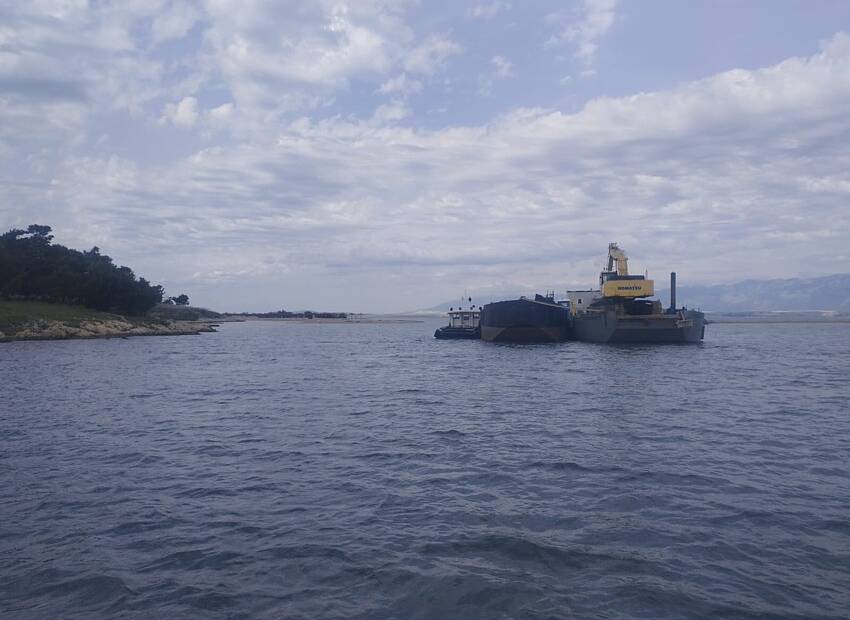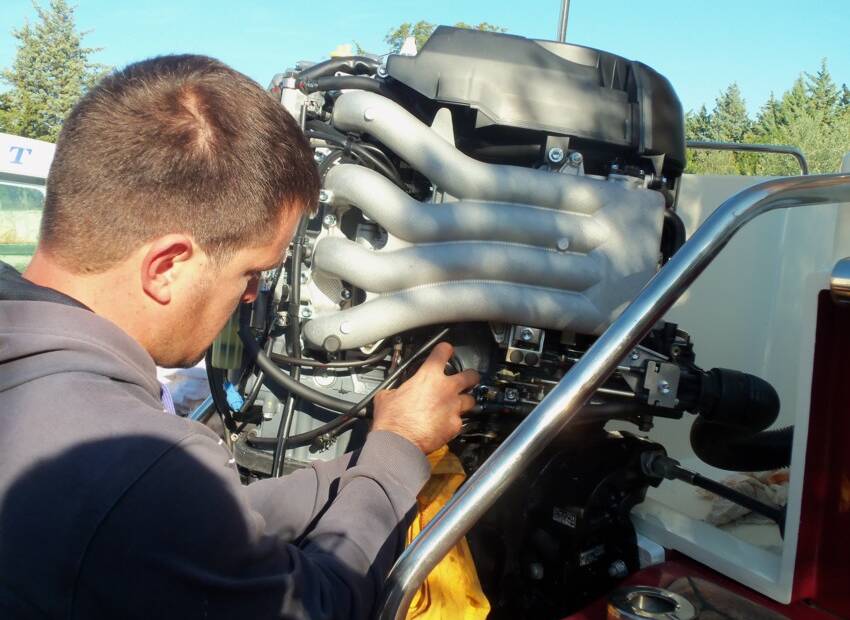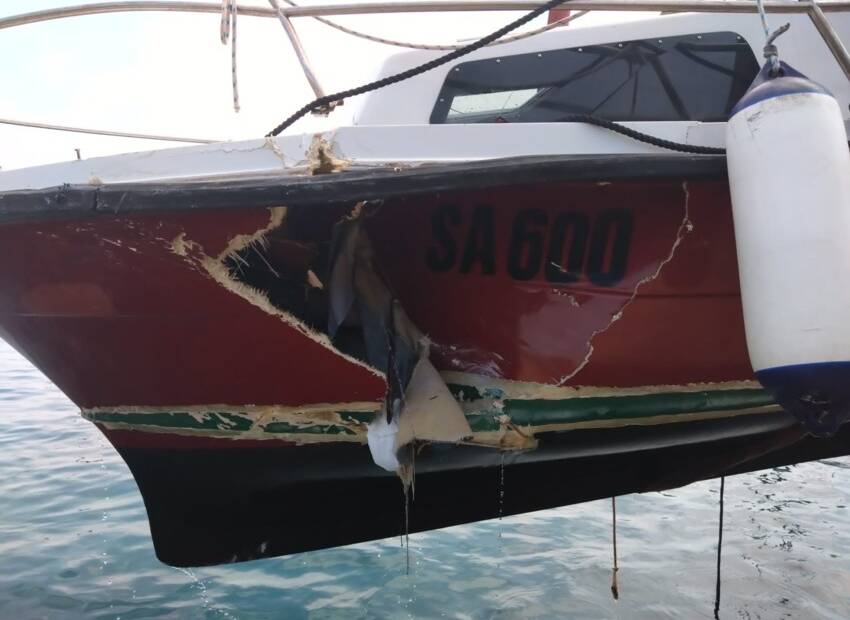Do you often get confused when you try to remember just what your headsail telltales are telling you?
These small pieces of yarn or ribbon can help you learn to sail a boat better, faster, and with more power.
But did you know there are super simple memory keys that will tell you just what to do if you see one telltale flutter and the other stream?
Try this new, innovative way to learn this super sailing skill fast and easy!
~~~~~~~~~~~~~~~~~~~~
Genoas and jibs often come from your sailmaker with telltales already in place. Look along the luff in the lower third, halfway point, and upper third of your boat sails. Racing sailboats use telltales to help beat the competition on race day. Small cruising boats can use them to get to windward destinations faster.
You want your telltales to stream in a "V" pattern on the windward and leeward side of the headsail when going to windward or reaching. This shape indicates that you have an even flow of air on both sides of the sail. But if one side of your sail gets more air flow than the other, one side will stream while the other flutters.
It's easy to forget which way to turn the boat to get those yarns or ribbons streaming again. In this new method, concentrate only on the windward side telltales. First, ask yourself what the windward yarns are doing. Compare their action to those on the leeward side. Use the memory keys shown below to know which way to turn your boat:
1. Windward telltale streaming--Leeward telltale streaming
What does it mean?
Perfect sail trim. Good air flow on both windward and leeward side.
2. Windward telltale streaming--Leeward telltale fluttering
What does it mean?
Stalling. If most of the wind blows onto the windward side, this blocks the air from the leeward side. This causes that leeward telltale to flutter, fly around in wild circles, or hang down like a limp noodle.
What will happen?
Stalling causes the boat to slip sideways more than it should. This reduces your speed.
What action do you take?
Streaming means you need to sail "up-stream"--or closer to the wind. Sail toward the wind just enough to get the "V" pattern that indicates perfect sail trim.
3. Windward telltale fluttering--Leeward telltale streaming
What does it mean?
Pinching. If most of the wind blows onto the leeward side of the sail, this blocks the air from the windward side.
What will happen?
Pinching causes the boat to slow because it's sailing too close to the wind.
What action do you take?
Fluttering means you need to fall off the wind. Turn away from the wind just enough to get the nice "V" pattern that shows perfect trim.
Notice in each action step, you concentrated on the windward telltale to know what action to take. If it streamed by itself, you sailed upstream, or closer to the wind. If it fluttered by itself you fell off, or farther away from the wind.
With these secrets, you will learn how to sail a boat on close hauled courses with more speed and power. Add these memory keys to your sailing skipper skills today to gain the advantage on the race course or make faster passages to windward.
Get Instant Access to 400+ sailing articles, videos, live discussion forums, and FREE eBooks! Click here to find out more!
Captain John






















